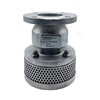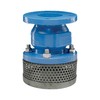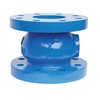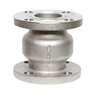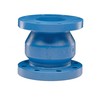Preventive Measures For Valve Maintenance
Featured Product from Flomatic Valves
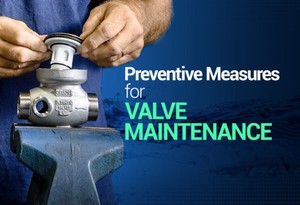
Any type of fluid or air system needs correctly placed valves to regulate flow. Without control, systems are either not functioning to their peak performance or not performing at all. To keep control, every system should undergo valve maintenance. Proper valve care is critical to sustain valve functionality and eliminate disruptions that may be extremely costly down the road.
For example, consider a vehicle. Even a quality car or truck won’t last without proper maintenance. To ensure peak performance, vehicles require regular oil changes, brake replacements and fluid flushes. Like a vehicle or anything mechanical, valves need regular routine check-ups to function correctly and extend their usable life.
PREVENTIVE VS. PREDICTIVE MEASURES
Valve maintenance techniques come in different forms. Depending on the system and the type and number of valves within, operators may want to use a preventive or predictive maintenance processes or both.
Preventive maintenance relates very much to the previous example of basic vehicle care and valve cleaning. It can be described as maintenance that is performed routinely to identify any issue that may result in future valve malfunction or failure. The idea is to perform services that help avoid breakdown. Another great example to put on the maintenance list of items to keep in mind is lubrication. This is a commonly overlooked step that goes a long way toward increasing valve life expectancy (depending on the type). Regular lubrication not only helps moving parts work easier and limits wear but it also helps seal the valve. It’s important to note to use the correct type of lubricant. For assistance on choosing the proper kind of lubrication per valve, we recommend contacting our team for a professional recommendation.
Predictive maintenance is similar in the valve maintenance concept: to get ahead of failures. With this technique, however, the health of the valve is determined by thorough testing and analysis of performance. This can be done using diagnostic equipment and technology. Once a decline in valve performance is recorded, maintenance or further action is taken. This technique can decrease overall time spent on general cleaning maintenance because diagnostics will determine when it is needed; however, the technology involved can be costly.
While each method of valve protection has a slightly different approach, the goals are the same: avoid reactive measures. Continue reading for our top 3 recommendations to keep your valve assembly running smoothly and efficiently.





